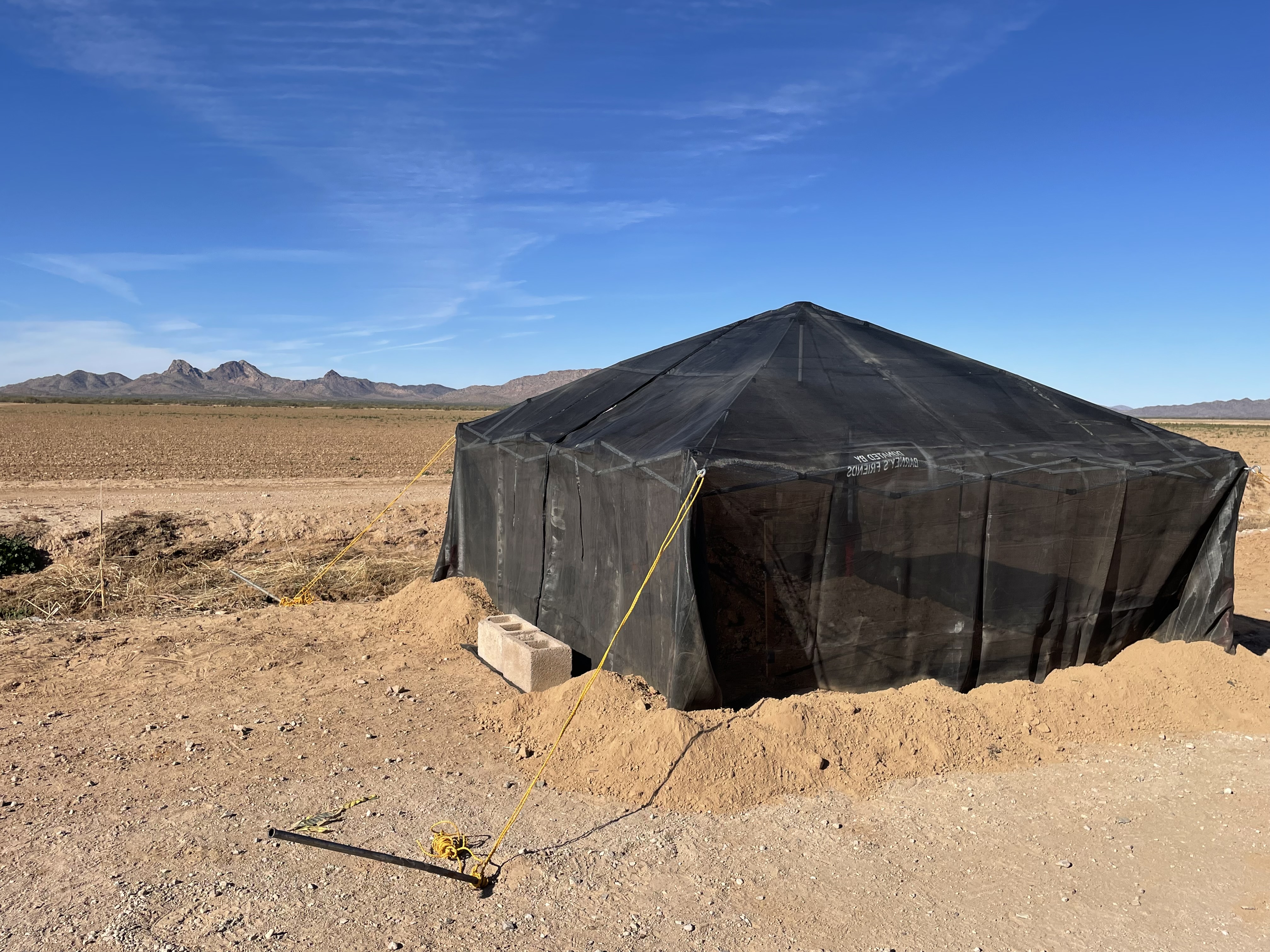
We recently had the opportunity to assist in the construction of burrowing owl habitats west of Phoenix near Salome, Arizona. Wild at Heart, an Arizona 501(c)3 rescue, rehabilitation, and release center for birds of prey leads a fascinating integrated pest management and environmental ecology effort that preserves owls and trees while supporting sustainable agriculture, commerce and human health. Here’s how it works: Wild at Heart works with developers to save owls when they are encountered during construction. Local Arizona hesperaloe farmers have made agreements to use burrowing owls rather than pesticides, which are potentially harmful to the environment and human health on their fields for a period of 50-75 years.
As a bonus, hesperaloe is a sustainable, low-water use crop that is used as an alternative to trees in making paper! According to a University of Arizona study, “Hesperaloe has a low-irrigation requirement because it possesses the crassulacean acid metabolism (CAM) pathway for photosynthesis. CAM plants take up carbon dioxide and transpire water at night rather than during the day, asis the case with most plants. Since the rate of transpiration is much lower during the night than during the day, CAM plants have a very high water-use efficiency.
Slight in stature, western burrowing owls are unable to dig their own nests, so they raise their young in burrows abandoned by squirrels, kangaroo rats, coyotes, foxes, skunks and badgers. These darling creatures survive on a varied diet of insects and small mammals including: grasshoppers, crickets, moths, beetles, mice, voles, shrews, dragonflies, giant water bugs, earwigs, caterpillars, scorpions, earthworms, frogs, toads, snakes, lizards, turtles, salamanders, bats, ground squirrels, small weasels, young rabbits, songbirds, and water birds. Female burrowing owls primarily catch insects during the day, whereas male owls primarily hunt vertebrate species at night.
Colonies of burrowing owls in Arizona have been reduced by over 60% by human activities, especially new construction; owls once nested on colonies by the hundreds. Burrowing owls are also threatened by pesticides, entanglement in fences, gaming and other human activities. Endangered in Canada, threatened in Mexico and a species of concern in much of the western United States, protecting the burrowing owl is a challenge we face as Arizona’s population continues to grow.
Learn more, and consider pitching in to help Arizona’s Western Burrowing Owls through Wild at Heart.
RESOURCES
University of California Division of Agriculture and Natural Resources



